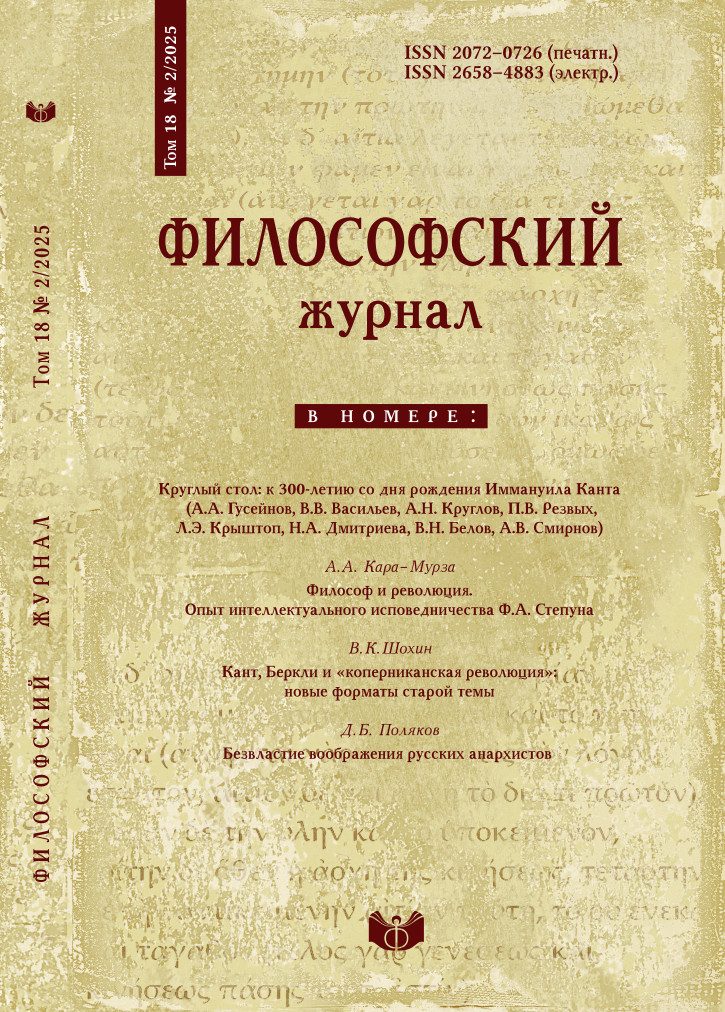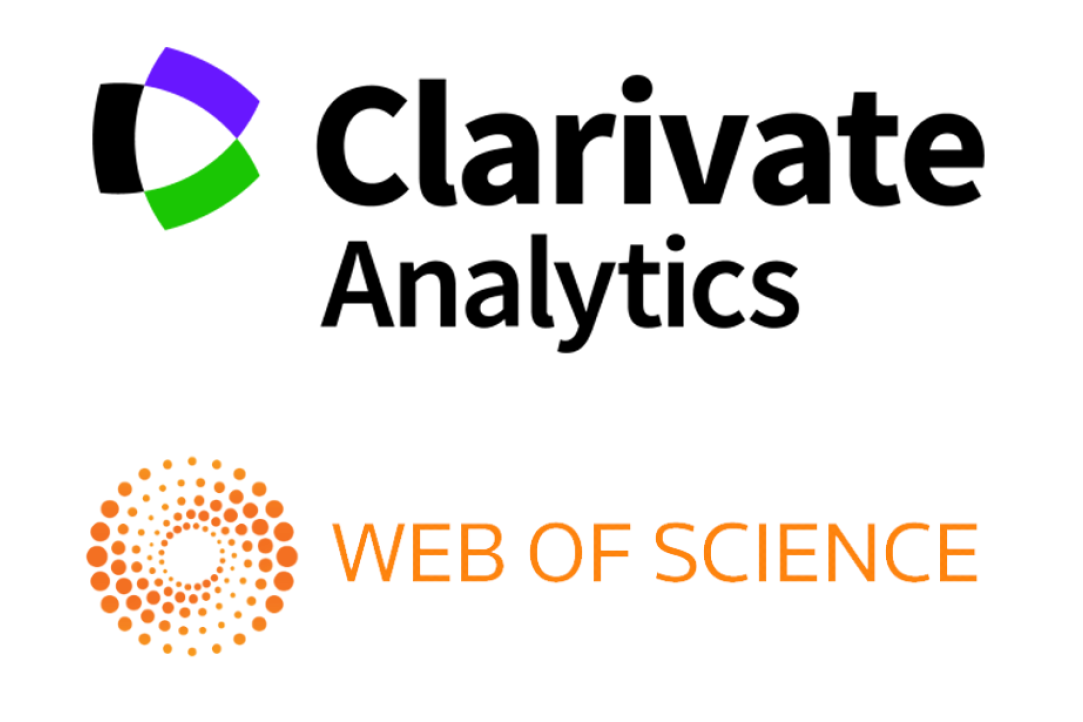The idea of the Self in David Hume’s moral philosophy
DOI:
https://doi.org/10.21146/2072-0726-2025-18-2-135-150Keywords:
Hume, Self, moral agent, morality, pride, humility, virtue, vice, sympathy, sentiment of humanity, common goodAbstract
The article shows that in Hume’s moral philosophy the concept of self is embedded in a particular conception of morality as a practical (as opposed to theoretical) realm that involves making judgements, decisions and actions and is therefore based on passions rather than reason. Accordingly, the moral Self is an active (rather than cognitive) agent, engaged in relations with others and driven by passions. The Self manifests itself in the light of the passions of pride and humility and becomes unified and stable through them. The moral character of the Self is defined by the place it assigns to virtues and vices among the heterogeneous causes of pride and humility, which include both spiritual and bodily qualities, as well as everything that is not a quality of the Self but is close to it (children, family, wealth, etc.). Since Hume’s Self is embedded in the world of other people, its self-esteem depends to a considerable extent on their opinions and feelings. Through the principle of sympathy, an agent is able to experience the feelings of others as his own, so sympathy also determines a person’s relationships with other people and his actions. The Moral Self is also manifested in the ability to take a universal position in judging oneself or others. For Hume, such a position is expressed in terms of the principle of humanity, which prescribes concern for the common good. Hence the moral subject appears not only proud, but also just, benevolent and merciful.






